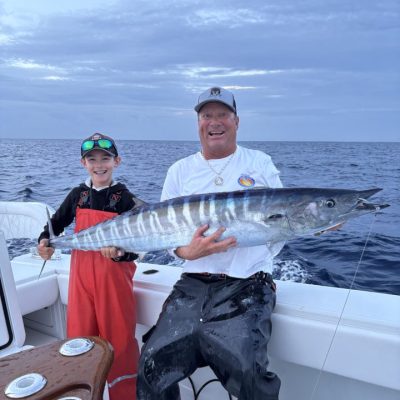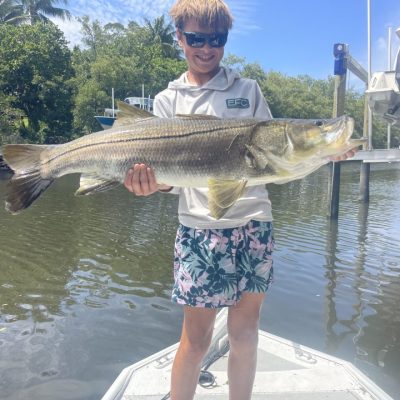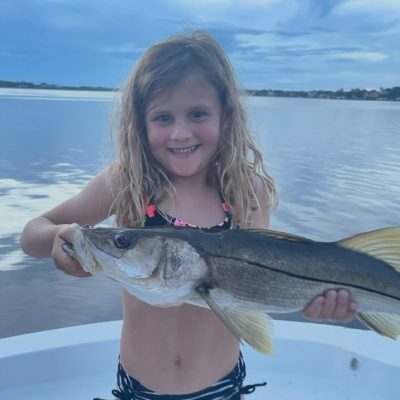Conservation
Environmental and waterway news.
Latest in Conservation
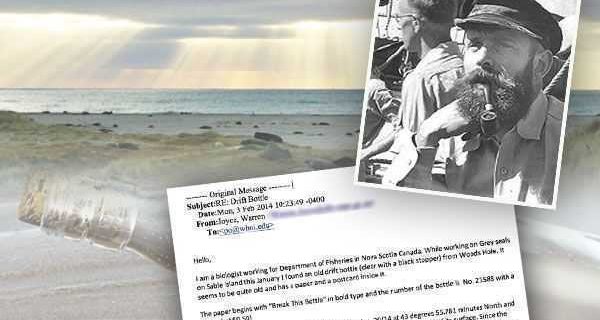
Message In A Bottle
Every once in a while, a curious email floating through cyberspace will land unexepectedly in your inbox, like a message in a bottle.
Deadly Lines
By Michelle Byriel Last summer, my husband and I were enjoying a beautiful day on the boat in Islamorada. While …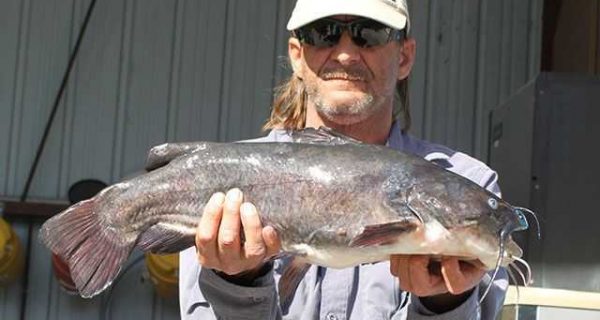
Dade City angler lands state record brown bullhead catfish
Dade City resident Richard Clinton now holds the record for catching the largest brown bullhead catfish on rod and reel …
FWC NEWS: For-hire captain, crew can retain recreational bag limits of reef fish in Atlantic starting 3/13
For-hire captain and crew can retain recreational bag limits of vermilion snapper, groupers and golden tilefish in state waters of …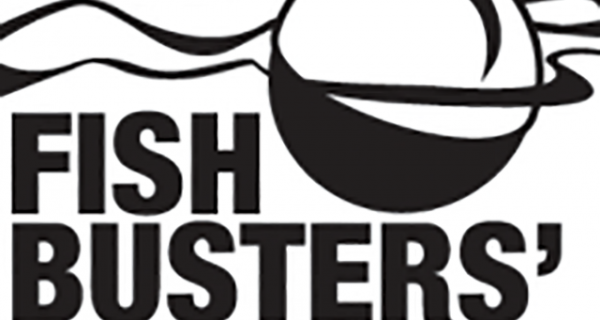
Fish Busters’ Bulletin: License-Free Freshwater Fishing Days – April 5-6
Florida Fish Busters’ Bulletin By Bob Wattendorf Bream destinations great for kids; license-free fishing weekend, photo contest coming soon …

